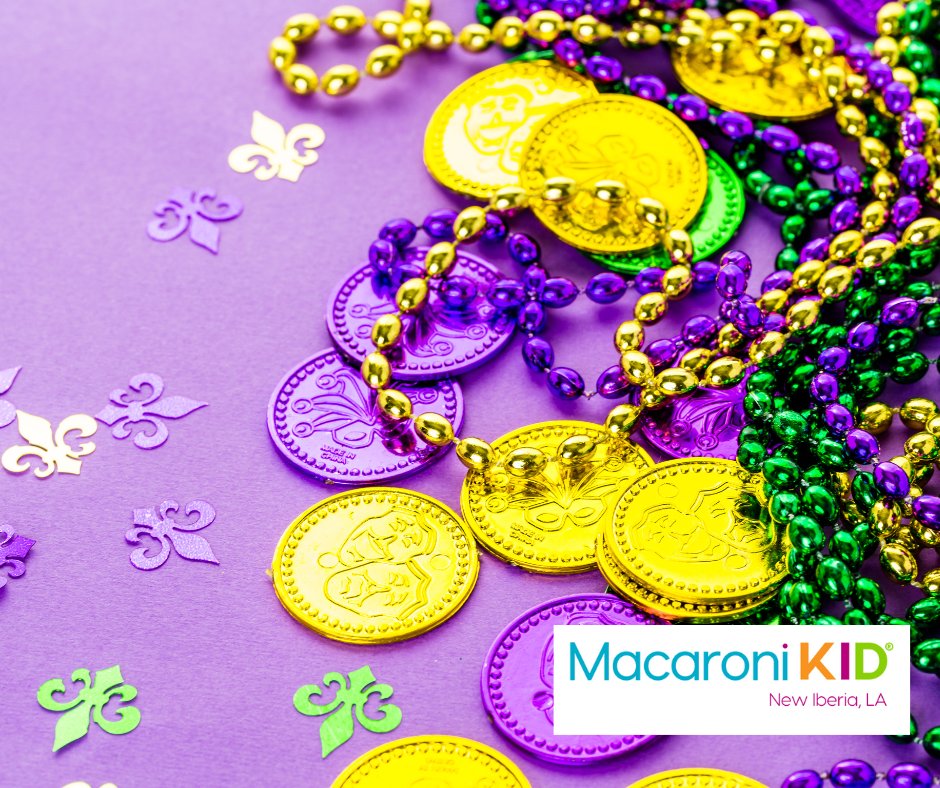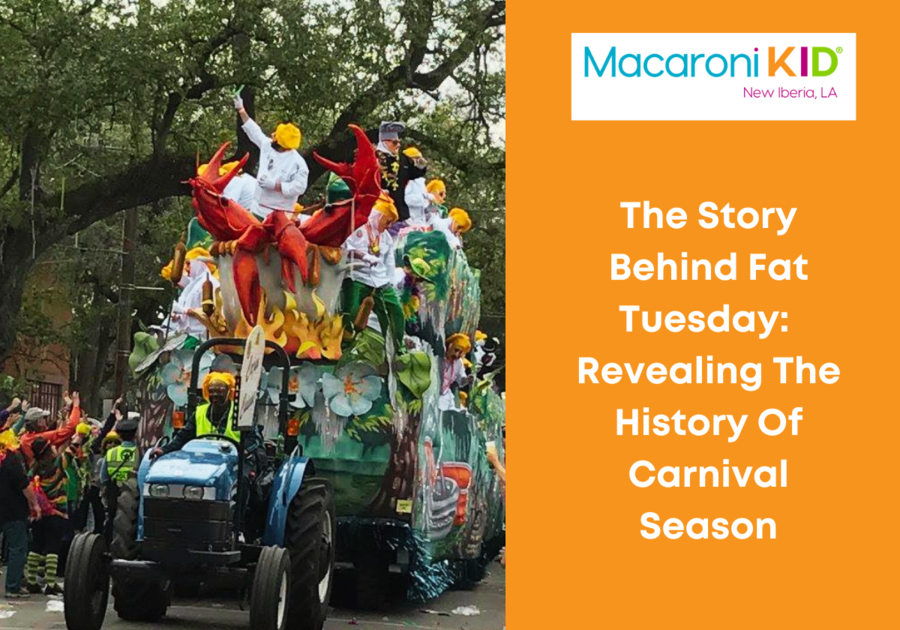If you live in Louisiana, you know all about Mardi Gras, also known as Fat Tuesday. Although Mardi Gras can be considered a cultural phenomenon that is celebrated in many parts of the world, it brings on a completely different meaning for those who live in the South.
Growing up in New Orleans, Louisiana, I know all about the beautifully decorated floats, the famous marching bands, the royalty of the kings and queens at the Mardi Gras balls, and the deliciousness of enjoying a king cake all season long, which seemingly invades our life in the South on Twelfth Night as the rest of the world is adding a new diet plan to their new year's resolutions.
 Image via CanvaPro Image via CanvaPro |
As an adult who has lived in the Acadiana area, also known as Cajun Country for almost 15 years, I quickly fell in love with the area and have enjoyed the local celebrations of parades, gumbo cook-offs, and Courir de Mardi Gras, or Mardi Gras runs, as they are called by locals, that are held every year from New Iberia to Morgan City during the Mardi Gras season. Although the modern-day traditions vary from New Orleans to New Iberia, the roots of Fat Tuesday can all be traced back to ancient Roman and Christian traditions.
History of Fat Tuesday
The term "Fat Tuesday" is the English translation of the French phrase "Mardi Gras." The name refers to the practice of indulging in rich, fatty foods on the day before the start of Lent, which is a time of fasting and abstaining from certain foods in many Christian traditions. Historically, in European cultures, people would use up the last of their rich ingredients, such as butter and sugar, before the beginning of Lent, when they would fast or abstain from these foods.
The term "Fat Tuesday" came into use in English-speaking countries during the 19th century, particularly in areas with large Catholic populations, such as New Orleans. In these communities, the day became associated with raucous parties and parades, where people would indulge in rich foods and drinks before the start of Lent.
Fat Tuesday can also be traced back centuries to ancient Rome where the festival of Lupercalia was celebrated in mid-February. This festival involved feasting and merrymaking, and it eventually evolved into the Christian holiday of Carnival. The word "carnival" comes from the Latin phrase "carne vale," which means "farewell to meat." This phrase refers to the tradition of abstaining from meat during Lent for the 40-day period of repentance that begins on Ash Wednesday and ends on Easter Sunday for many.
 Image by Tracie Ysaguire via CanvaPro Image by Tracie Ysaguire via CanvaPro |
History of Mardi Gras in New Orleans
Many people have heard of the celebrations of Mardi Gras in New Orleans and make their way to the area every year to participate in the rivalry. When the French colonized the territory that is now Louisiana in the 18th century, they brought with them their traditions of Carnival. The first recorded Mardi Gras celebration in New Orleans was in 1699, and although it was nothing like what we know Mardi Gras to be today, the holiday has always been an important part of the city's culture.
Mardi Gras in New Orleans is a multi-week celebration that begins on January 6, or Twelfth Night, and culminates on Fat Tuesday, the day before Ash Wednesday. Parades, parties, and balls are held throughout the city during the weeks leading up to Fat Tuesday with celebrations known for their elaborate floats, colorful costumes, and lively music.
The tradition of throwing beads and other trinkets from floats began in the early 20th century, and it has become one of the most iconic aspects of Mardi Gras in New Orleans. The throws, as they are known, are prized by parade-goers, who compete to catch as many as possible.
 Image via CanvaPro Image via CanvaPro |
Cajun Celebrations for Fat Tuesday in Acadiana
New Iberia is nestled in the Acadiana area of Louisiana which is known for the rich culture of French traditions and Zydeco music. Fat Tuesday for Cajuns, or les cadiens, also known as Louisiana Acadians, is the time to honor family traditions of generations past and pass the torch to the next generation. Although the origins of Mardi Gras can be traced back to ancient Roman and Christian traditions, for the Cajuns, it has a unique history. As Cajuns settled in the bayou country and made it their home, they incorporated their own customs and rituals into the holiday.
Just as in New Orleans, for Cajuns, Mardi Gras is not just a day rather it is a celebration of an entire season. During this time, locals engage in a variety of customs, including elaborate costume-making, festive dancing, and community-wide parades.
 Image Credit: Courir de Mardi Gras at Vermilionville |  |
In rural Cajun communities throughout Acadiana, the celebration is known as Courir de Mardi Gras which translates to "Mardi Gras run" are widely known. A little different than your downtown New Orleans Mardi Gras parades, the revelers dress up in colorful costumes, often featuring traditional Cajun clothing such as handmade caps and patched-up overalls. They go from house to house, singing, dancing, and begging for ingredients to make a communal gumbo. This ritual is a reminder of Cajun traditions and their connection to the land. The members of the courir, or run, are also known to chase a chicken throughout the community that will be added to the gumbo feast at the end of the day.
For so many in the South, Mardi Gras is a time of celebration and community and a time to come together with family and friends to let loose before the solemnity of Lent. It is a reminder of the strength and resilience of the Cajun people, who have preserved their culture and traditions in the face of adversity. Mardi Gras is a testament to the unique identity of Cajuns and their enduring spirit.



